Hydroponics As The Future Of Gardening And Farming: An Introduction To Innovative Farming
Hello my Steemian friends. I welcome you to my blog. Today, I will be discussing hydroponics as a good substitute for traditional farming methods.
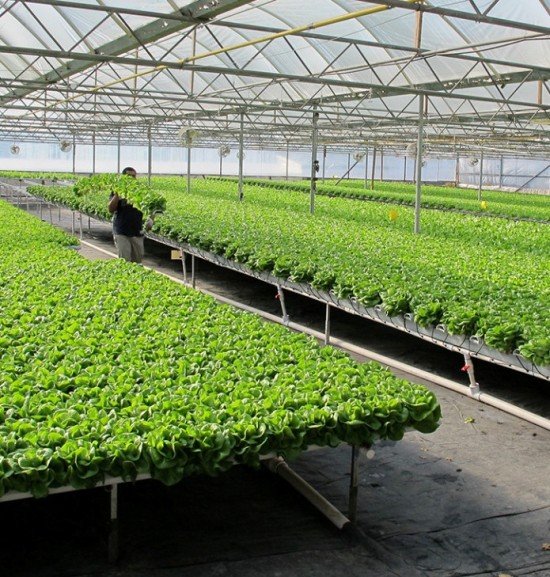
With ever increasing urbanization, it is becoming almost impossible to carry out farming operations in urban areas due to lack of space or arable land. Under such situations, hydroponics systems could be a worthy alternative
What Is Hydroponics?
The 'hydro' in hydroponics is a Greek world for 'water' and 'ponos' means work. Hence, hydroponics is a branch of horticulture whereby plants are grown in a soiless medium or aquatic based medium. In a hydroponic system, plants grow healthily without the use of usual soil medium by using a water nutrient solution.
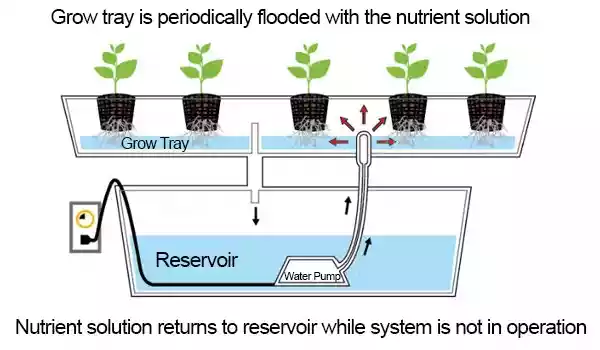
The science of hydroponics has made us to understand that a plant just needs some water, select nutrients and sunlight to grow. They actually don't need soil to grow and often grow a lot better with their roots in water. Soil just acts as a container for the plant as well as a medium to transfer ground nutrients to the plant.
Learning what is hydroponics should also involve knowing its advantages as well as disadvantages (if any) to appreciate the concept clearly. On that note, let's look at some advantages advantages and disadvantages of hydroponics.
Advantages of hydroponics
Hydroponic plants grow up to 50% faster than they would in soil. This is because there is a constant provision of readily available nutrition. In addition to that, they are not affected by seasons. So fresh produce can be harvested from a hydroponic garden at all times during the year.
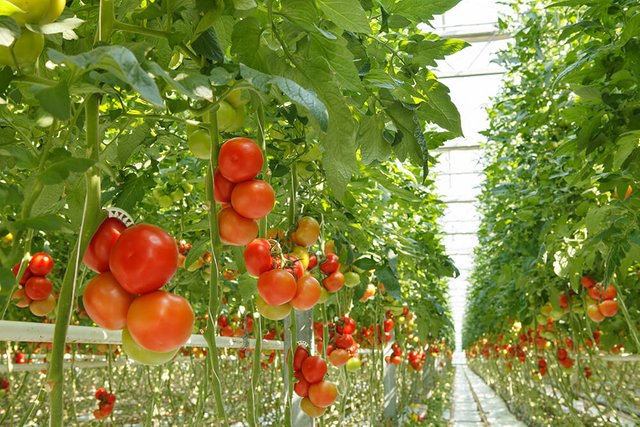
In comparison to traditional soil gardening, hydroponic gardening curtails the need for herbicides and pesticides.
Due to ever increasing urbanization, arable land is in short supply and so gardening space becomes a major problem. Under such situations, hydroponic gardening becomes a worthy option.
It encourages recycling water as any water used in hydroponic gardening stays in the system and is reusable. This reduces the need for fresh water supply. This is unlike traditional gardening where water is constantly provided.
It encourages year round cultivation — you decide when and what to plant at any given time. Farming activities are not limited by seasonal changes. This has a positive effect on food availability.
Faster yield — this result from the fact that there is availability of nutrients at all the time. Plants need not produce large and long roots; they devote all their energy to producing the crop which in turn results in bigger crops.
Disadvantages of Hydroponics
Cost of Start Up: before creating hydroponic garden, you should be prepared to invest at least $100 or more to be able to procure necessary equipment such as growing media, nutrients, lights, air pumps, containers, etc. The good news is, however, these things once acquired, are reusable.
Trial and Error Phase:— you can learn all there is to be learnt. You can have all the right equipment but without experience you may not get it right. To acquire the experience and begin to get it right, you will need to pass through a trial and error phase which most people may not have the patience to weather through.
It Needs Commitment: with a traditional soil gardening, it is possible to ignore plants for some time since the soil is acting as a natural buffer. This cannot be said of hydroponics. You will need to be in control over all nutrients, light and water, because slightest mistake can result in unfavorable outcome.
Preparation Of A Typical Hydroponic Nutrient Solution
You can either buy ready-to-use nutrient solutions from a specialist shop or you can make make your own special solutions for various types of crops on the basis of the chemical elements that the concerned plants need most. Whatever is the case, the right nutrient mix should contain primary nutrients, secondary nutrients and micronutrients. Primary nutrients are nitrogen, potassium and magnesium. Secondary nutrients include calcium, Sulphur and phosphorus while micronutrients are iron, copper, manganese, boron, molybdenum and zinc.

Below is a recipe for a typical nutrient solution that can be made at home by diluting the nutrients in 20 litres of well filtered water.
25ml of CaNO3 known as calcium nitrate
1.7ml of K2SO4 known as potassium sulphate
8.3ml of KNO3 known as potassium nitrate
6.25ml of KH2PO4 known as monopotassium phosphate
17.5ml of MgSO4 known as magnesium sulphate
2ml of trace elements (source)
The solution should be stored in a container at room temperature and be kept away from light. Always shake well prior to using it. Your plant reaction will give you an indication if it is receiving enough nutrients or not — when it is not enough, the leaves turn yellow; when it is too much, they look brown, burnt or curled.
Approaches To Building A Home-made Hydroponic System
Although there are many approaches, but for the purpose of this article we will consider three basic ones. Information regarding other approaches can be found by visiting the links provided under reference section. The three approaches to be discussed here include:
Hydroponic Raft System
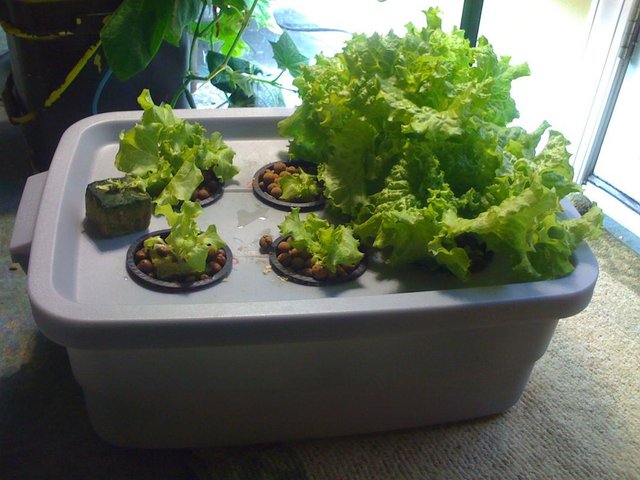
A simple raft system is ideal for those just starting out. It is cost effective and easy to set up. Above all, it gives vegetables much more quickly than traditional gardening methods. You can go here to get all details on how to make it.
Vertical Hydroponics System
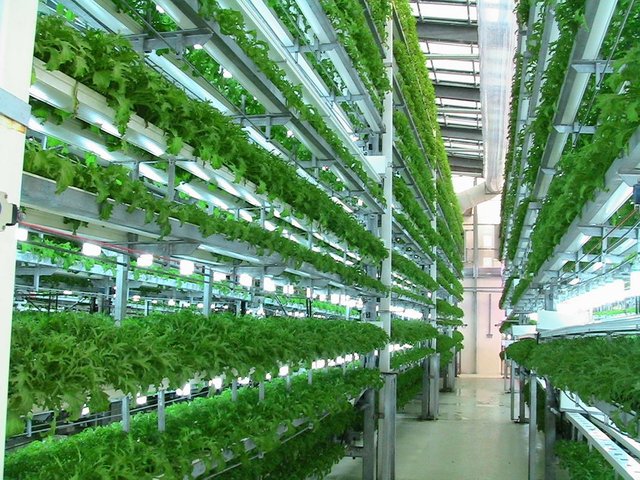
This is an excellent option for gardeners when there is not enough space. To enrich the hydroponic system so that their plants will look as green as they can get, it is advisable to use recycled materials. For a complete guide on how to use PVP pipes to make one, click here
Aquaponics System
An Aquaponic system is made through combination of elements of aquaculture and hydroponics in a symbiotic setting in which fish waste is made to work as fertilizer for crops. The system is usually enclosed with little to no waste and without the need for fertilizer or pesticides. A small yard, maybe a corner in a garden or an unused space at home can be turned into a booming aquaponic farm for vegetables and fish, with ease.
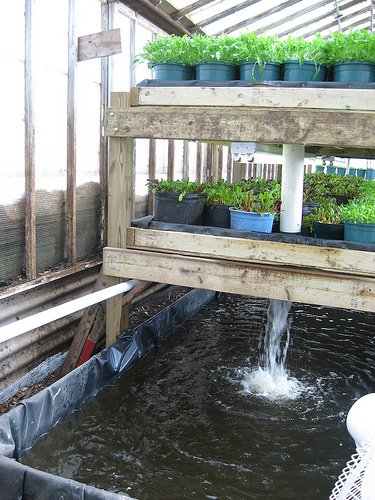
A small pump is fitted unto the system which will draw nutrient-rich water from the fish tank, through the interconnecting pipes to the tops of the vertical column. While this is happening, the water that collects at the top now trickles down via the plant roots gathering from the air (for fish use) while falling back into the tank.
Listing Of Plants That Can Be Grown Hydroponically
They include Basil, Tomatoes, Mint, Cherry, Strawberries, Watercress, Kale, Peppers, Lettuce, Cucumbers and Spinach
Conclusion
Hydroponics, when properly supervised, can grow the healthiest food possible and in large amounts within any given space no matter how small and in a very sustainable way. It offers people the ability to grow food at all places including arid areas where traditional agriculture is not possible. Hence, government should be able to come with policies that will encourage farmers to develop interest in hydroponics.
**Do kindly UPVOTE and RESTEEM for wider reach.
Image1, image2, image, image3, image4, image5, image6,image7
Na Your Naija Boi,
@eurogee
References for further reading
http://www.farmhydroponics.com/hydroponics/hydroponics-systems-guide#What_is_hydroponics
https://www.google.com/amp/s/www.thebetterindia.com/60350/soil-less-hydroponic-gardening-india/amp/
http://zerosoilgardens.com/what-is-hydroponics-intro-to-hydroponics/
http://www.healwithfood.org/grow-indoors/best-plants-to-grow-hydroponically-or-aquaponically.php
You can write correct chemical formulas by using
<sub> ... </sub> (or also <sup> ... </sup> for the exponents) HTML tags. It looks like this then:
MgSO4.
Thanks for your thoughts
Excelent article! It is really the best way ever to cultivate your own food and become independent from the industry!
Yes you are very right. Thanks for checking me out
great post, I have been really interested in hydroponics for awhile and have learned how effective it can be to use 275 gallon IBC storage containers. They are a great low cost and easy method to create and setup hydroponics systems. I am building one now
Upvoted on behalf of the dropAhead Curation Team!
Your post will be Resteemed by @dropahead witness account of the dropAhead curation team!
Watch out for the #xx-votesplus tag!
By doing the above you will give us more STEEM POWER (SP) to give YOU more earnings next time.
Keep up the good work!
Most recent post: Moving #25_votes_plus to Discord
Lovely info as usual, @eurogee kindly use the tag steemiteducation or steemstem for this post
Thanks. Edited
Thanks for the info. Wonder if we have any in Nigeria
Sure, at porthacourt, Rivers state
Wow! farming made so easy. Good job boss.
Thanks
I hereby apply to be enrolled into your school.
You are welcome sir
Great post! Check out our homemade system! Its on my blog :)
Excellent. Looking out for a day our local farmers in Naija will embrace this kind of tech
Thanks. But not much of a tech